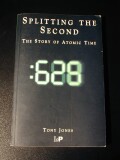
| LeapSecond.com |
|
|
| Time & Frequency Books and References |
|
|
In addition to a collection of old and new electronic timekeeping instruments I maintain a library of reference material related to Time & Frequency and other electronic precise timekeeping topics. Below is a list of books I would recommend divided into the following categories:
Splitting the Second: The Story of Atomic Time, Tony Jones, Institute of Physics Publishing, 2000
 |
The best technical, readable, introduction to the world of precise Time & Frequency. Chapters include astronomer's time, physicist's time, atomic time, world time, leap seconds, time transfer, and uses of precise time. Plenty of photos and graphs. A great description of all the aspects of modern timekeeping in a thin 200-page paperback. Highly recommended. |
The Quantum Beat: The Physical Principles of Atomic Clocks, F.G. Major, Springer-Verlag, 1998
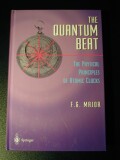 |
This 475-page book goes much deeper into design and physics of atomic frequency standards. Published just a few years ago it contains chapters on ion and optical standards as well. Chapters include celestial and mechanical clocks; oscillators; quantum theory; magnetic resonance; rubidium; cesium; hydrogen masers; ion traps, optical frequency oscillators; laser cooling; VLBI and GPS. Highly recommended for those with a technical background. |
The Measurement of Time: Time, Frequency, and the Atomic Clock, Claude Audoin & Bernard Guinot, Cambridge University Press, 2001
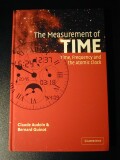 |
An in-depth book on all aspects of atomic time measurement. Chapters include: principles of time measurement; theoretical models; evolution of time measurement; clocks, oscillators, comparison, and stability; cesium, hydrogen, rubidium, and ion atomic frequency standards; international atomic time measurement; astronomical times; ultra-precise time applications. 335-pages. Highly recommended for those with a technical background. |
Frequency and TIme, P. Kartaschoff, Academic Press, 1978
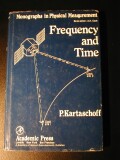 |
An older book and out of print but covers all aspects of modern precise timekeeping. Plenty of math and diagrams. Chapters include: frequency stability measures; standard frequency generators and clocks; time scales; frequency and period measurements by means of counters; phase-time measurements; frequency domain measurement techniques; and radio- signal comparison methods. |
Precision Frequency Control, Eduard Gerber & Arthur Ballato, Academic Press,1985
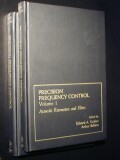 |
A two volume 900-page academic book covering a wide range of precise time & frequency topics. Volume 1 is Acoustic Resonators and Filters. Volume 2 is Oscillators and Standards. Vast bibliography. |
The Quantum Physics of Atomic Frequency Standards, Jacques Vanier & Claude Audoin, Adam Hilger, 1989
 |
The ultimate treatise on the physics of atomic frequency standards in a two volume boxed set at over 2100 pages (and costing more than any book I've seen this side of a Gutenberg Bible). This is graduate school material and contains more detail on Cesium (Caesium), Rubidium, and Hydrogen maser atomic frequency standards than all other reference material combined. |
From Sundials to Atomic Clocks, James Jespersen, Jane Fitz-Randolph, NIST, 1977
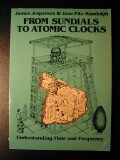 |
From Sundials to Atomic Clocks - Understanding Time and Frequency 2000 |
From Sundials to Atomic Clocks, James Jespersen, Jane Fitz-Randolph, NIST, 1977
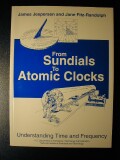 |
Time's Pendulum - from Sundials to Atomic Clocks, The Fascinating History of Timekeeping and |
Austron Timing Reference Handbook,
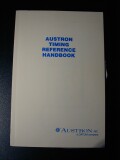 |
A paperback book by Austron, Inc which describes serial time codes in great detail. |
Time Code: A User's Guide, John Ratcliff
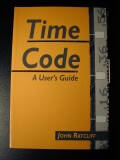 |
Time Code |
Time and Frequency Theory and Fundamentals, NBS Monograph 140
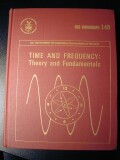 |
Classic NBS (now NIST) collection of papers on the subject of Time and
Frequency metrology.
Much of the information is now out of date, for example, there is no mention of GPS. However, as such it is a great source of information on the older time & frequency systems, including Omega and Loran C. |
Time and Frequency User's Manual, Kamas NIST, 1990
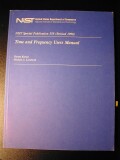 |
The |
Polar Motion: Historical and Scientific Problems. IAU Colloquium 178, Steven Dick, Dennis McCarthy, Brian Luzum, Astronomical Society of the Pacific, 2000
 |
A highly technical collection of papers on the topic of polar motion (the rotation of the earth). For someone interested in the topic of precise time & frequency this collection is a humbling experience. The amount of detail is boggling. The complexity of the earth's motion is beyond anything I ever dreamed. A really good book to remind you how little you know or how narrow your field of expertise is. 650 pages. I'm sure there are better books on the subject of the earth's rotation and length of day, but this is the raw material such books would reference. |
Electrical Timekeeping, An Author, Publisher, 19xx
 |
The |
Masers and Lasers, An Author, Publisher, 19xx
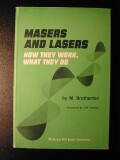 |
The |
My Own Right Time, An Author, Publisher, 19xx
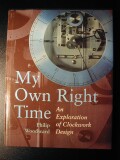 |
The |
The Science of Clocks & Watches, An Author, Publisher, 19xx
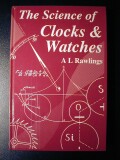 |
The |
Longitude- The True Story of a Lone Genius Who Solved the Greatest Scientific Problem of His Time, 1996
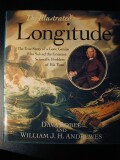 |
The |
Masterpieces from The Time Museum, Sotheby's, 1999
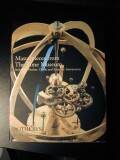 |
Masterpieces from The Time Museum Part Two, Sotheby's, 2002
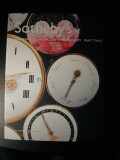 |
Characteristics of Clocks and Oscillators, An Author, Publisher, 19xx
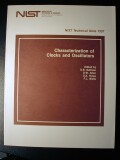 |
The |
Frequency and Time Standards, An Author, Publisher, 19xx
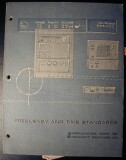 |
The |
Handbook: Selection and use of Precise Frequency and Time Systems, An Author, ITU, 19xx
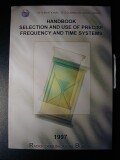 |
The |
Time and Frequency Measurement, An Author, Publisher, 19xx
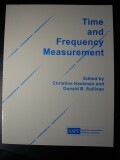 |
AN-52 Time/Frequency Series, HP, 19xx
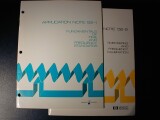 |
AN-200 Electronic Counter Series, HP, 19xx
Operation & Service Manual HP 5061A Cesium Beam Frequency Standard, HP, 19xx
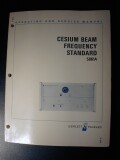 |
The operation and service manual for the HP 5061A, among other instruments, provides a fascinating picture of the complexity and simplicity of making an atomic clock. |
General Radio Experimenter
| The |
Hewlett-Packard Journal
| The |
Hewlett-Packard T&M Catalogs
| The |
Operation & Service Manuals
| The |
Application Notes
| The |
Time's Pendulum - from Sundials to Atomic Clocks, The Fascinating History of Timekeeping and How Our Discoveries Changed The World 1999
Visit LeapSecond.com home page